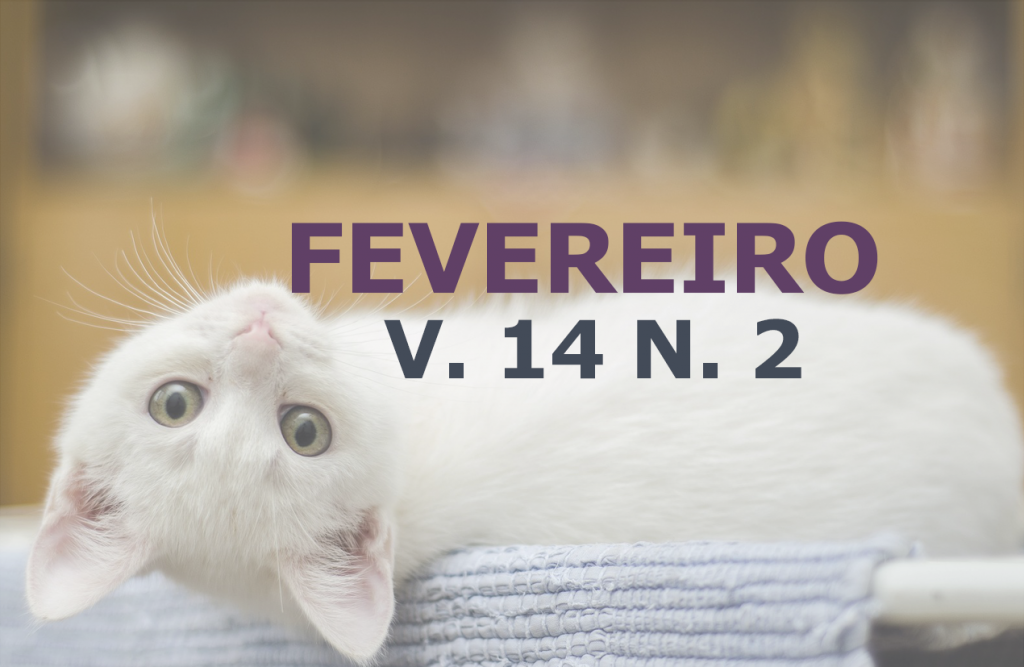Intussuscepção intestinal secundária a parasitose por Ancylostoma spp. em um cão
DOI:
https://doi.org/10.31533/pubvet.v14n2a517.1-12Palavras-chave:
ancilostomíase, cirurgia, intestino, invaginação, nematoideResumo
A intussuscepção é a invaginação de um segmento intestinal em outro adjacente, causada por alterações da motilidade. A ancilostomose é uma infecção parasitária de intestino delgado, que acomete animais de todas as idades, principalmente cães jovens. Ambas afecções possuem sinais clínicos inespecíficos, porém muito semelhantes, como anemia, anorexia, dispneia, letargia, perda de peso êmese, diarreia sanguinolenta, distensão, dor abdominal e prolapso retal. O tratamento preconizado para intussuscepção se dá através da laparotomia exploratória seguida da redução manual ou da ressecção e anastomose intestinal, e para ancilostomose preconiza-se o uso de anti-helmínticos e terapia suporte, quando necessário. Relata-se um caso de intussuscepção secundária a infecção por Ancylostoma spp. em um cão com diarreia crônica, reduzida através de técnica cirúrgica. Sendo abordado aspectos de diagnóstico, tratamento e complicações terapêuticas. Em que pese, é importante salientar que a ancilostomíase pode causar intussuscepção e que o médico veterinário deve estar a par do diagnóstico, do ciclo do parasita, das técnicas de prevenção ambiental e do tratamento clínico e cirúrgico.
Downloads
Publicado
Edição
Seção
Licença
Copyright (c) 2020 Murilo Neves Borges de Oliveira, Fabiana Sperb Volkweis, Josiane de Almeida Sales, Mario Roberto Vianna da Silva, Rose Ambrósio Taveira

Este trabalho está licenciado sob uma licença Creative Commons Attribution 4.0 International License.
Você tem o direito de:
Compartilhar — copiar e redistribuir o material em qualquer suporte ou formato
Adaptar — remixar, transformar, e criar a partir do material para qualquer fim, mesmo que comercial.
O licenciante não pode revogar estes direitos desde que você respeite os termos da licença. De acordo com os termos seguintes:
Atribuição
— Você deve dar o crédito apropriado, prover um link para a licença e indicar se mudanças foram feitas. Você deve fazê-lo em qualquer circunstância razoável, mas de nenhuma maneira que sugira que o licenciante apoia você ou o seu uso. Sem restrições adicionais
— Você não pode aplicar termos jurídicos ou medidas de caráter tecnológico que restrinjam legalmente outros de fazerem algo que a licença permita.





